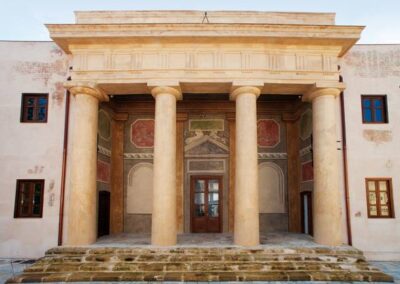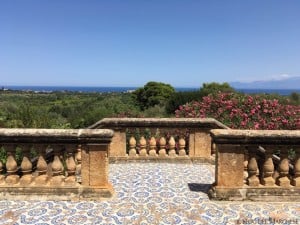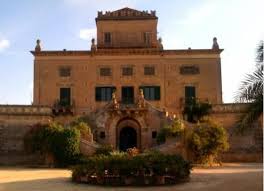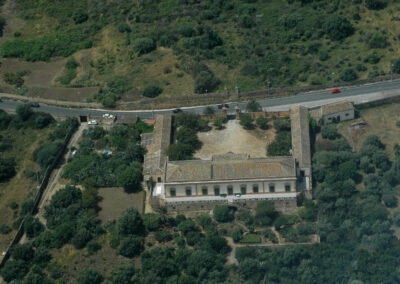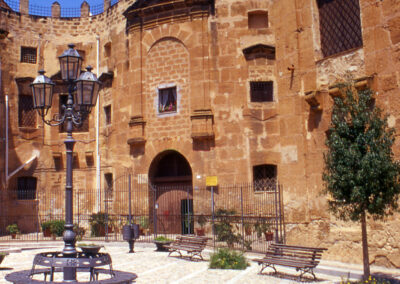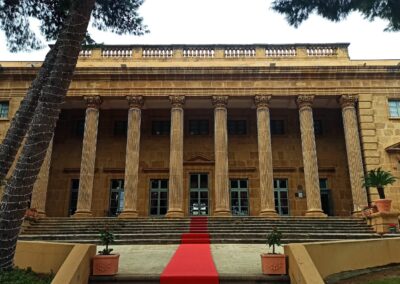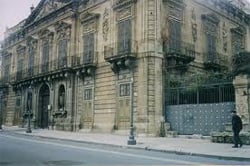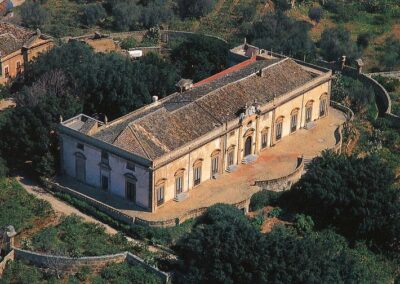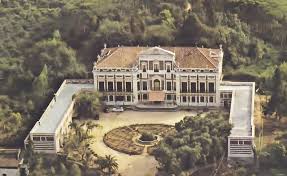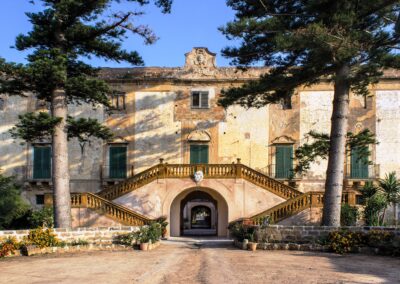The Certosa di Villa Butera / Toy Museum
Originally it was a small pavilion in neoclassical style, located at the end of the central avenue of Villa Butera, built by Prince Ercole Michele Branciforti, following a vote in honor of the Carthusian Fathers. The Certosa represented a real attraction and became one of the first wax museums in Europe due to its singularity as it collected life-size wax statues, depicting Carthusian monks and some famous characters of the time portrayed in everyday life. In the 1900s, the structure underwent a slow but inexorable decline after the wild building of the park. In the 50s, a few meters away, social housing was also built. Even the statues were stolen and destroyed. The Certosa suffered numerous collapses. At the end of the last century, the Municipality took possession of the structure and started restoration works which returned it to the community. Since 2014 it hosts the” Toy Museum “ by Pietro Piraino. (Visitable)
Hours and Prices:
Open to the public every day from 9.00 to 13.00. Closed on Mondays.
Admission 5.00 euros, reduced 3.00 euros.
Telephone 091 967569.
In depth
The actual Wax Museum called “the little convent of the trappa” was located on the noble floor of the east wing of the Certosa and was accessed by climbing a stone spiral staircase, which no longer exists. At the entrance to the building, a cleric with a pitcher in his hand welcomed visitors with an affable manner, while another friar, pulling the string of a bell, warned the brothers of the visit. Through a corridor, in which a St. Bernard dog, a bear and a stuffed shark were on display, one could reach the various cells. On the walls of the corridor hung paintings and engravings of great value including various portraits such as that of Branciforti himself. In the cells instead, you could admire precious frescoes. In the first cell Admiral Orazio Nelson was represented, sitting in front of a well-laden table in the company of his lover Maria Carolina, while a black waiter was serving them. In the second and third cells they remembered the unhappy love between Comincio and Adelaide, who according to legend, despite being very much in love, failed to obtain the papal dispensation to get married, because they were next of kin. In the fourth room there was a built-in kitchen where a cook cooked two eggs in a pan, while ancient kitchen utensils hung on the walls. Continuing along the corridor, in the first room on the left a Carthusian worked quietly with a shovel in his hand and a basket. In the next cell Ruggero dei Normanni was sitting reading a book, while in the next cell, seated around a table, Prince Ercole Michele Branciforti was discussing, King Louis XVI of France and Ferdinand of Bourbon. In the last room a very dramatic scene was represented which recalled the death of Prince Caramanico. Thanks to a complex and articulated restoration intervention, carried out as part of the POR FESR Campania and Sicily 2007-2013 concluded in 2008, one of the most refined sites of the artistic and cultural heritage of Sicily was prevented from being definitively lost. The Pietro Piraino Toy Museum finds an almost natural location in the Certosa, full of its bizarre history and charm. The Certosa, the first part of Villa Butera, is owned by the Municipality of Bagheria. carried out as part of the POR FESR Campania and Sicily 2007-2013 concluded in 2008, one of the most refined sites of the artistic and cultural heritage of Sicily was prevented from being definitively lost. The Pietro Piraino Toy Museum finds an almost natural location in the Certosa, full of its bizarre history and charm. The Certosa, the first part of Villa Butera, is owned by the Municipality of Bagheria. carried out as part of the POR FESR Campania and Sicily 2007-2013 concluded in 2008, one of the most refined sites of the artistic and cultural heritage of Sicily was prevented from being definitively lost. The Pietro Piraino Toy Museum finds an almost natural location in the Certosa, full of its bizarre history and charm. The Certosa, the first part of Villa Butera, is owned by the Municipality of Bagheria.
In this category

